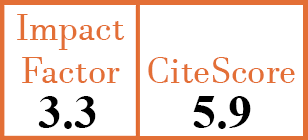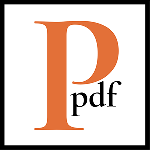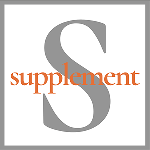Environmental Rheumatology
Seasonal shifts and population characteristics of uric acid in eastern coastal China: a big data analysis from Hangzhou
X. Chen1, J. Du2, D.-L. Ye3, J. Xia4, H. Zhang5
- School of Laboratory Medicine and Life Science, Wenzhou Medical University, Zhejiang; and Laboratory Medicine Center, Department of Clinical Laboratory, Zhejiang Provincial People’s Hospital (Affiliated People’s Hospital), Hangzhou Medical College, Hangzhou, Zhejiang, China.
- Laboratory Medicine Center, Department of Clinical Laboratory, Zhejiang Provincial People's Hospital (Affiliated People's Hospital), Hangzhou Medical College, Hangzhou, Zhejiang, China.
- Laboratory Medicine Center, Department of Clinical Laboratory, Zhejiang Provincial People's Hospital (Affiliated People's Hospital), Hangzhou Medical College, Hangzhou, Zhejiang, China.
- Laboratory Medicine Center, Department of Clinical Laboratory, Zhejiang Provincial People's Hospital (Affiliated People's Hospital), Hangzhou Medical College, Hangzhou, Zhejiang, China. xiajun@hmc.edu.cn
- Department of Clinical Laboratory, The First Division Hospital of the Xinjiang Production and Construction Corps, Aksu, Xinjiang, China. 515834279@qq.com
CER18586
2025 Vol.43, N°11
PI 1841, PF 1847
Environmental Rheumatology
Free to view
(click on article PDF icon to read the article)
PMID: 40658478 [PubMed]
Received: 01/02/2025
Accepted : 05/05/2025
In Press: 10/07/2025
Published: 11/11/2025
Abstract
OBJECTIVES:
Uric acid (UA), the end-product of purine metabolism, is linked to various medical conditions such as gout and cardiovascular diseases. The increasing incidence of hyperuricaemia and gout in China highlights the need to establish accurate reference intervals for UA. This study uses data from a real-world population to examine the distribution of UA levels across various demographic groups, with a specific focus on seasonal variations in UA concentrations. Through the application of an indirect statistical method, the research aims to establish more precise UA reference intervals for clinical use.
METHODS:
We analysed 749,739 serum UA data from adults (≥18 years) over 2 years, 2021-2022, studying seasonal, gender, and age effects. The reference intervals were established via the indirect method, and the differences from the manufacturer’s ranges were assessed using the reference change value (RCV).
RESULTS:
UA levels showed seasonal variations with significant gender disparities. In winter/spring, males 18–44: 262–539 µmol/L, females: 175–385 µmol/L; males 45+: 243-525 µmol/L, females: 185–406 µmol/L. In summer/autumn, males 18–44: 273–552 µmol/L, females: 185–395 µmol/L; males 45+: 250–537 µmol/L, females: 192–410 µmol/L. A significant difference was observed in the reference range for males compared to the manufacturer’s range, but no difference for females.
CONCLUSIONS:
Extensive data analysis has uncovered seasonal fluctuations and notable gender- and age-related effects on serum UA concentrations. Using the indirect method to establish more refined reference intervals for serum UA levels confers practical relevance in clinical practice.



